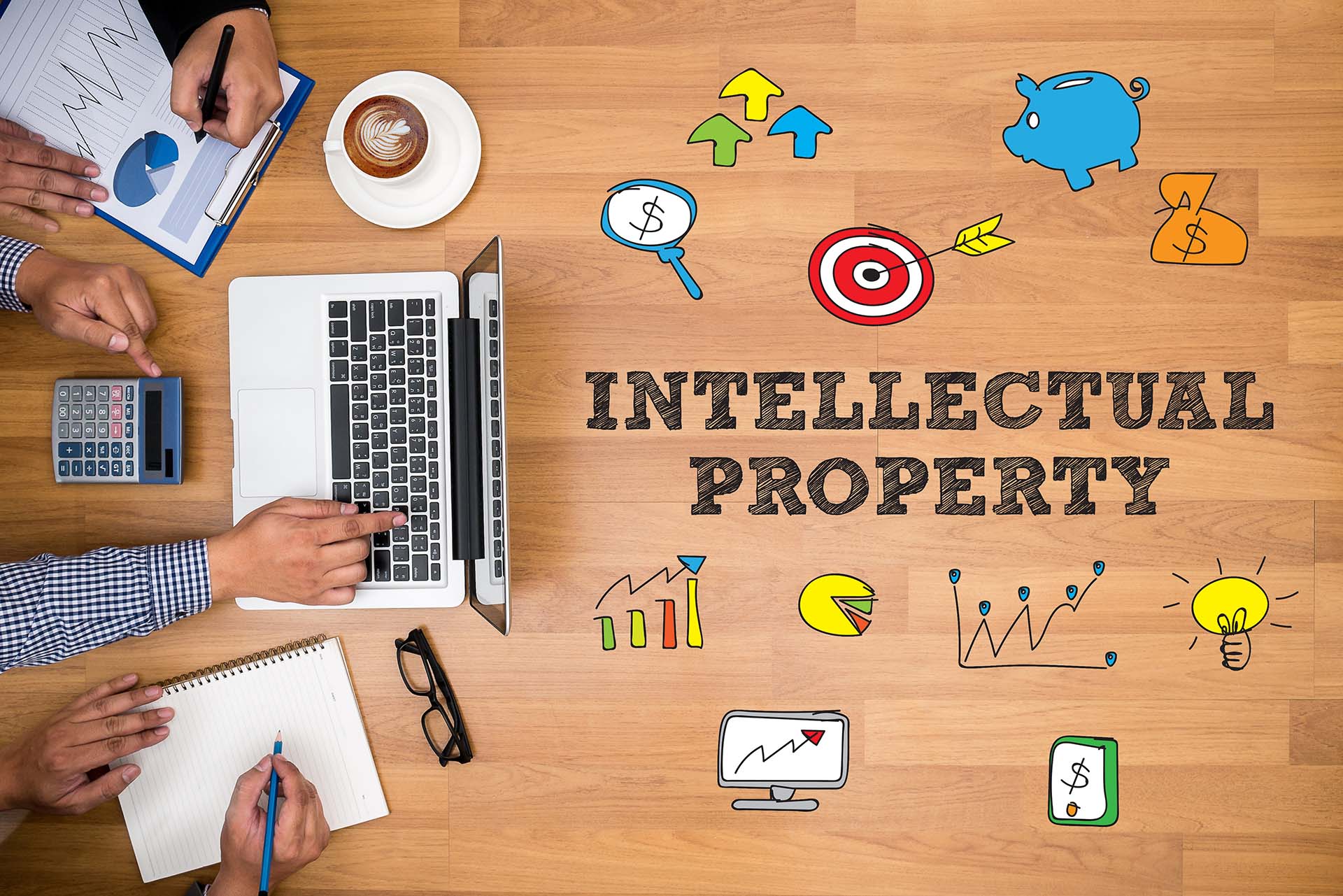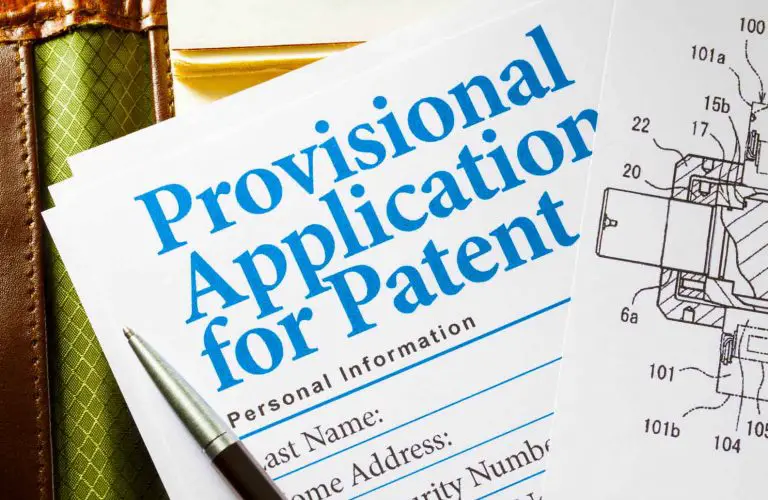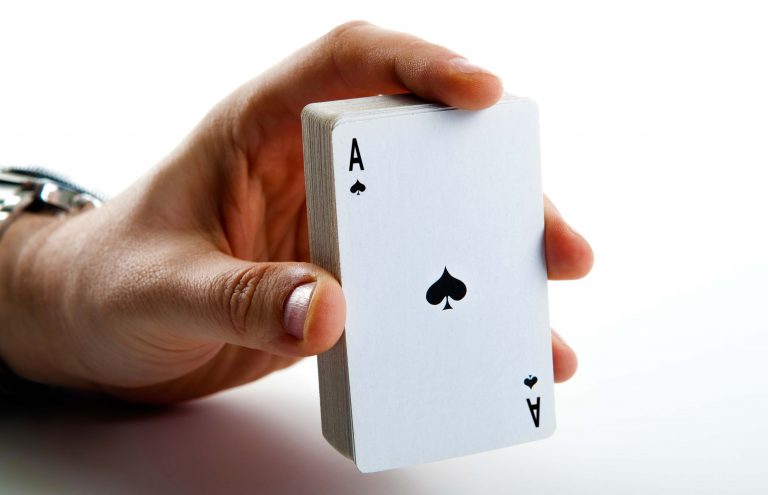What are Patents and Trademarks?
Patents are intellectual property rights that are granted to an inventor of a new invention, machine, process, design, or composition of matter. Patents protect inventions or designs from being copied by others. Trademarks are also intellectual property rights, but they protect words, logos, or symbols that are used by a person or business to identify them as the source of a good, product, or service.
For example, if you invent a new pair of nail clippers that work differently from any nail clippers on the market, you may be able to protect them (how they work) by filing for and obtaining a utility patent. Also, if your nail clippers have a new or unique design, you may be able to protect the appearance by obtaining a design patent over the appearance of your invention.
Trademarks, on the other hand, protect brand names and logos. So, if you have a business that sells computer parts and you’ve named it “Computer Rebel,” you can register that name as a trademark with the USPTO to stop others from using that name to sell computers.
Hopefully, this example clarified the difference between what a patent protects vs what a trademark protects.
What are Patents?
Patents are intellectual property rights that allow inventors to control who uses, makes, and sells the patented invention for a limited period of time. Utility patents last for 20 years, while design patents last for 15 years. During the patent term, if any party wants to use, make, or sell the patented invention, it must obtain the permission of the patent holder to do so.
Types of Patents
The USPTO (United States Patent and Trademark Office) offers different types of patents to those who invent different things. The main types of patents that account for 99% of all applied for patents are utility patents and design patents.
Utility Patents
Utility patents protect the functional aspects of an invention, meaning they protect how an invention works and how an invention is used. Design patents, on the other hand, protect an invention’s or object’s appearance or looks.
Utility patents last for 20 years from the date an inventor files his patent application with the patent office. Design patents last for 15 years from the date the patent office grants a design patent application.
When are Patents Effective?
Patents are only effective after the patent office grants an inventor’s patent application. After an inventor files a patent application and while it’s pending, an applicant cannot restrict others from making and selling the patent-pending invention.
Inventors gain the right to control who uses, makes, and sells the patent invention only after the patent office approves or grants a patent application. This is so because before a patent is granted, there isn’t anything to enforce.
Design Patents
Design patents allow inventors of new designs to protect them. Patenting a design allows an inventor to stop others from using, making, and selling the design for a limited period of time. Design patents last for 15 years from the date the patent office grants a design patent application. They protect the appearance or aesthetics of an object.
As a holder of a design patent, if someone copies, makes, or sells your patented design, you will be able to sue them for patent infringement in federal court. If your lawsuit is successful, you may be able to obtain an injunction stopping the infringer from performing the infringing activities. You may also be able to recover monetary damages if you can prove them.
What are Trademarks?
Trademarks are words, symbols, or designs that people use to identify themselves or their business as the source (provider) of a product or service that they offer to the public.
Registering a trademark with the USPTO offers trademark owners the ability to protect their mark from being used by others to advertise or sell similar products or services to those that the trademark owner registered his trademark for.
For example, if you register the trademark “Computer Rebel” for the class of goods for computers, you will be able to stop others from using the trademark to advertise and sell computers throughout the United States.
Trademark Examples
For example, take a look at Best Buy, they have registered the trademark “Best Buy” for the sale of electronics. By registering this trademark, they can stop others from selling electronics under that brand name.
The same goes for the trademark “iPhone” that Apple uses to sell its smartphones, no company that produces phones can call it’s smartphone “iPhone” without being sued by Apple for trademark infringement.
Servicemarks
Trademarks can also be used for those offering services. Trademarks for services are referred to as servicemarks. Servicemarks are used for the same reasons as a trademark: to identify the source of a service.
Servicemark Example
An example of a service mark is Southwest, Southwest Airlines provides transportation services to its customers and it uses the words “Southwest” to advertise its transportation service to the public. Southwest has registered its trademark with the USPTO to protect its intellectual property.
So, if you have a word, symbol, or logo that you use to offer goods, products, or services to the public, you can protect that mark by registering it with the trademark office. Many countries, including the United States, allow inventors to register their trademark for enhanced protection.
Some Trademark Registration Benefits
In the United States, registering a trademark with the trademark office allows trademark owners to sue infringers in federal courts. By registering your trademark with the USPTO, you can stop others from using your mark or a confusingly similar mark to market and sell their own products.
Without trademark protection, anyone can use another’s logo to confuse customers as to the source of goods or services. If someone else uses your trademark in a manner that confuses customers as to the source of a product or service, you can bring a lawsuit in federal court.
If your lawsuit is successful, you may be able to obtain an injunction to stop them from engaging in trademark infringement. In some circumstances, you may also be able to recover monetary damages.
Why Do Patents and Trademarks Exist?
Patents
Patents and patent law exist to encourage inventors to innovate and make new inventions that promote the general wellbeing of society. Patent law encourages inventors to make new things by offering them a limited period of time during which the patent holder can stop others from using, making, and selling the patented invention.
This allows inventors to make and sell the invention without having to compete with others copying their invention, allowing them to recoup the expense of developing and making the invention, as well as profiting from the invention. In exchange for this limited right, a patent holder must disclose the invention.
Since patents don’t last forever, once the patent expires, others will be able to make and sell the invention once the patent holder’s patent expires. To obtain a patent, an inventor must explain, with great detail, how to make the invention, as well as how to use the invention. This offers the public a blueprint on how to make and improve upon the invention once the patent expires.
Trademarks
Trademarks and trademark law exist for two main reasons: (1) to protect owners of marks who have spent the time and money to build goodwill for their mark, as well as, (2) to protect consumers from others who misuse the trademarks of others for their own profit.
Trademarks allow mark owners to establish a reputation for their brand and registering a trademark allows mark owners to protect their marks from misuse by others. By registering a trademark, a trademark owner can bring a lawsuit in federal court against any party that misuses or dilutes his trademark.
Protecting a trademark today is more important than ever because customers are increasingly reliant on their loyalty to and reputation behind a certain trademark when deciding to purchase products or services.
What are Trademarks and Patents?
Trademarks and patents are both forms of intellectual property rights granted by the USPTO. However, they are different in the type of IP that they protect. Patents protect designs, inventions, machines, and processes, while trademarks protect words, symbols, or designs that are used by a person or a business as a brand to signify the source of a product or service. Obtaining IP protection makes your IP more valuable and assist you with protecting it from misuse by others. If you have any general questions or comments, please feel free to leave them in the comments section below.








